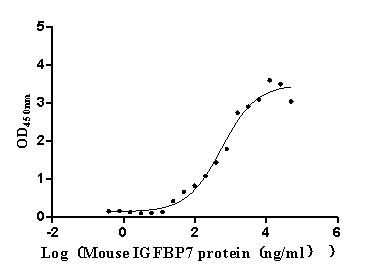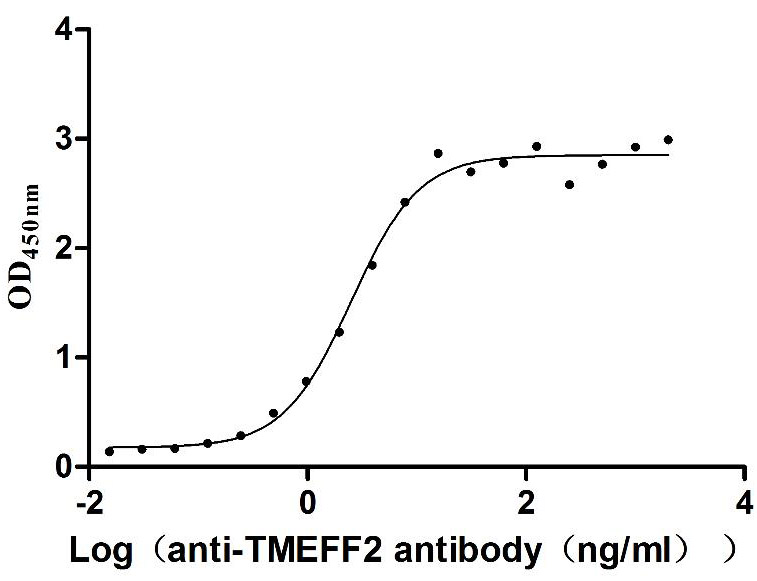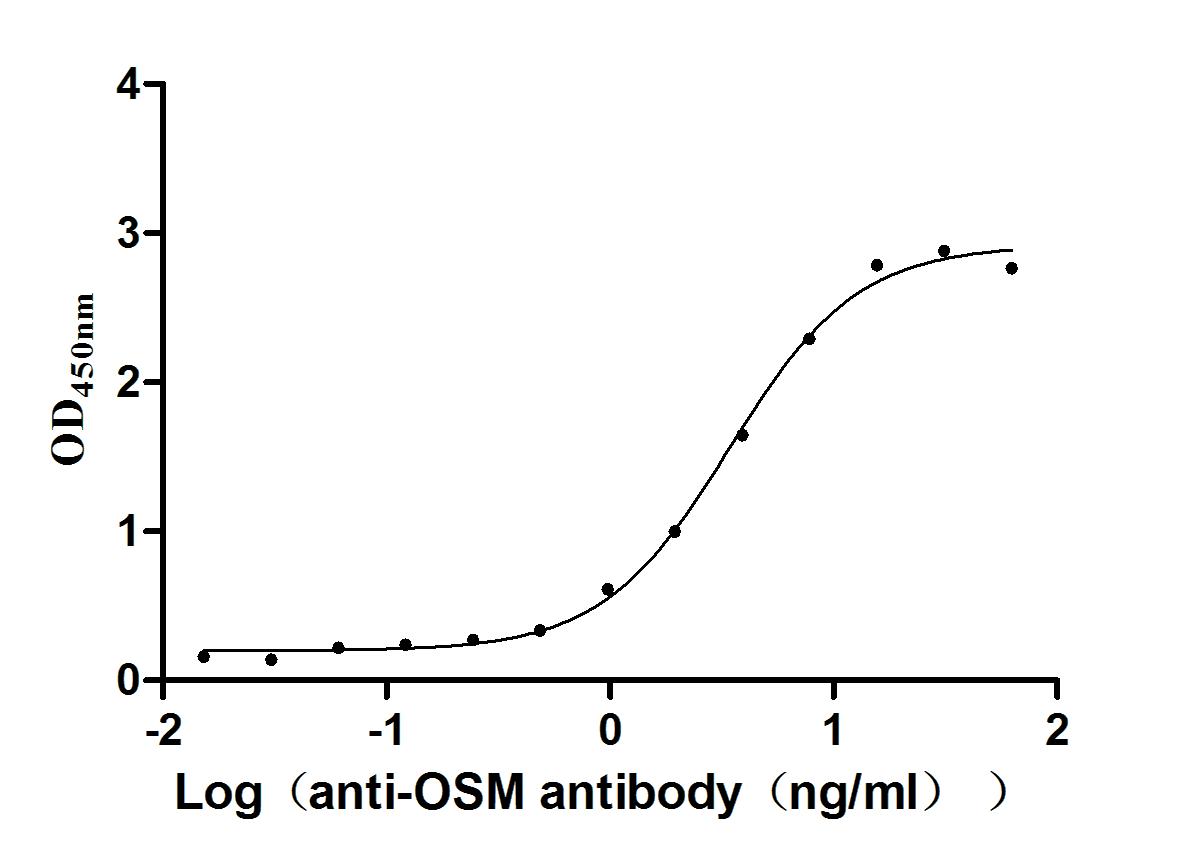Recombinant Mouse DNA repair protein RAD51 homolog 3 (Rad51c)
-
中文名稱:小鼠Rad51c重組蛋白
-
貨號:CSB-EP838771MO-B
-
說明書:
-
規(guī)格:
-
來源:E.coli
-
共軛:Avi-tag Biotinylated
E. coli biotin ligase (BirA) is highly specific in covalently attaching biotin to the 15 amino acid AviTag peptide. This recombinant protein was biotinylated in vivo by AviTag-BirA technology, which method is BriA catalyzes amide linkage between the biotin and the specific lysine of the AviTag.
-
其他:
產(chǎn)品詳情
-
純度:>85% (SDS-PAGE)
-
基因名:Rad51c
-
Uniprot No.:
-
別名:Rad51c; Rad51l2; DNA repair protein RAD51 homolog 3; R51H3; RAD51 homolog C; RAD51-like protein 2
-
種屬:Mus musculus (Mouse)
-
蛋白長度:full length protein
-
表達區(qū)域:1-366
-
氨基酸序列MQRELVGYPL SPAVRGKLVA AGFQTAEDVL EVKPSELSKE VGISKEEALE TLQILRRECL TNKPRCAGTS VANEKCTALE LLEQEHTQGF IITFCSALDN ILGGGIPLMK TTEVCGVPGV GKTQLCMQLA VDVQIPECFG GVAGEAVFID TEGSFMVDRV VSLATACIQH LHLIAGTHTE EEHQKALKDF TLENILSHIY YFRCHDYTEL LAQVYLLPDF LSDHPKVQLV IIDGIAFPFR HDLEDLSLRT RLLNGLAQQM ISLANNHRLA VILTNQMTTK IDKNQALLVP ALGESWGHAA TIRLIFHWEQ KQRFATLYKS PSQKESTIPF QITPQGFRDA VVTAASSQTE SSLNFRKRSR EPEEEC
-
蛋白標簽:Tag?type?will?be?determined?during?the?manufacturing?process.
The tag type will be determined during production process. If you have specified tag type, please tell us and we will develop the specified tag preferentially. -
產(chǎn)品提供形式:Lyophilized powder Warning: in_array() expects parameter 2 to be array, null given in /www/web/cusabio_cn/public_html/caches/caches_template/default/content/show_product_protein.php on line 662
Note: We will preferentially ship the format that we have in stock, however, if you have any special requirement for the format, please remark your requirement when placing the order, we will prepare according to your demand. -
復溶:We recommend that this vial be briefly centrifuged prior to opening to bring the contents to the bottom. Please reconstitute protein in deionized sterile water to a concentration of 0.1-1.0 mg/mL.We recommend to add 5-50% of glycerol (final concentration) and aliquot for long-term storage at -20℃/-80℃. Our default final concentration of glycerol is 50%. Customers could use it as reference.
-
儲存條件:Store at -20°C/-80°C upon receipt, aliquoting is necessary for mutiple use. Avoid repeated freeze-thaw cycles.
-
保質(zhì)期:The shelf life is related to many factors, storage state, buffer ingredients, storage temperature and the stability of the protein itself.
Generally, the shelf life of liquid form is 6 months at -20°C/-80°C. The shelf life of lyophilized form is 12 months at -20°C/-80°C. -
貨期:Delivery time may differ from different purchasing way or location, please kindly consult your local distributors for specific delivery time.Note: All of our proteins are default shipped with normal blue ice packs, if you request to ship with dry ice, please communicate with us in advance and extra fees will be charged.
-
注意事項:Repeated freezing and thawing is not recommended. Store working aliquots at 4°C for up to one week.
-
Datasheet :Please contact us to get it.
靶點詳情
-
功能:Essential for the homologous recombination (HR) pathway of DNA repair. Involved in the homologous recombination repair (HRR) pathway of double-stranded DNA breaks arising during DNA replication or induced by DNA-damaging agents. Part of the RAD21 paralog protein complexes BCDX2 and CX3 which act at different stages of the BRCA1-BRCA2-dependent HR pathway. Upon DNA damage, BCDX2 seems to act downstream of BRCA2 recruitment and upstream of RAD51 recruitment; CX3 seems to act downstream of RAD51 recruitment; both complexes bind predominantly to the intersection of the four duplex arms of the Holliday junction (HJ) and to junction of replication forks. The BCDX2 complex was originally reported to bind single-stranded DNA, single-stranded gaps in duplex DNA and specifically to nicks in duplex DNA. The BCDX2 subcomplex RAD51B:RAD51C exhibits single-stranded DNA-dependent ATPase activity suggesting an involvement in early stages of the HR pathway. Involved in RAD51 foci formation in response to DNA damage suggesting an involvement in early stages of HR probably in the invasion step. Has an early function in DNA repair in facilitating phosphorylation of the checkpoint kinase CHEK2 and thereby transduction of the damage signal, leading to cell cycle arrest and HR activation. Participates in branch migration and HJ resolution and thus is important for processing HR intermediates late in the DNA repair process; the function may be linked to the CX3 complex. Part of a PALB2-scaffolded HR complex containing BRCA2 and which is thought to play a role in DNA repair by HR. Protects RAD51 from ubiquitin-mediated degradation that is enhanced following DNA damage. Plays a role in regulating mitochondrial DNA copy number under conditions of oxidative stress in the presence of RAD51 and XRCC3. Contributes to DNA cross-link resistance, sister chromatid cohesion and genomic stability. Involved in maintaining centrosome number in mitosis.
-
基因功能參考文獻:
- Similar to other BC models, Rad51c/p53 double-mutant mouse mammary tumors also reveal a propensity for genomic instability, but lack the focal amplification of the Met locus or distinct mutational signatures reported for other HR genes PMID: 26820992
- a critical synergy between Rad51c and Trp53 in tumour progression and provide a predictable in vivo model system for studying mechanisms of Rad51c-mediated carcinogenesis PMID: 25270124
- These results imply that adequate expression of Rad51C in mammalian cells is essential for maintaining genomic stability and sister chromatid cohesion to prevent malignant transformation. PMID: 20471405
- RAD51C has a late role in meiotic recombination. PMID: 17312021
- Rad51c mutation in DH-cis mice promoted the development of tumors of specialized sebaceous glands and suppressed tumors characteristic of Trp53 mutation. In addition, DH-cis females developed tumors significantly earlier than any other group. PMID: 19155299
- DNA replication licensing factor MCM2 and DNA mismatch repair (MMR) protein MSH2 were confirmed to be present in co-precipitations with MmRAD51C. PMID: 19658102
顯示更多
收起更多
-
亞細胞定位:Nucleus. Cytoplasm. Cytoplasm, perinuclear region. Mitochondrion.
-
蛋白家族:RecA family, RAD51 subfamily
-
組織特異性:Expressed in the heart, brain, spleen, lung, liver, kidney and testis but not detected in skeletal muscle.
-
數(shù)據(jù)庫鏈接:
Most popular with customers
-
Recombinant Human ICOS ligand (ICOSLG), partial (Active)
Express system: Mammalian cell
Species: Homo sapiens (Human)
-
Recombinant Human T-cell immunoreceptor with Ig and ITIM domains (TIGIT), partial (Active)
Express system: Mammalian cell
Species: Homo sapiens (Human)
-
Recombinant Human E3 ubiquitin-protein ligase ZNRF3 (ZNRF3), partial (Active)
Express system: Mammalian cell
Species: Homo sapiens (Human)
-
Recombinant Rabbit Tissue factor pathway inhibitor (TFPI) (Active)
Express system: Mammalian cell
Species: Oryctolagus cuniculus (Rabbit)
-
Recombinant Human Angiopoietin-2 (ANGPT2) (Active)
Express system: Mammalian cell
Species: Homo sapiens (Human)
-
Recombinant Mouse Complement component C1q receptor (Cd93), partial (Active)
Express system: Mammalian cell
Species: Mus musculus (Mouse)
-
Recombinant Human Tomoregulin-2 (TMEFF2), partial (Active)
Express system: Mammalian cell
Species: Homo sapiens (Human)
-
Recombinant Human Oncostatin-M (OSM), partial (Active)
Express system: Mammalian cell
Species: Homo sapiens (Human)


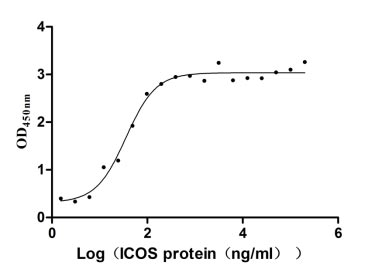
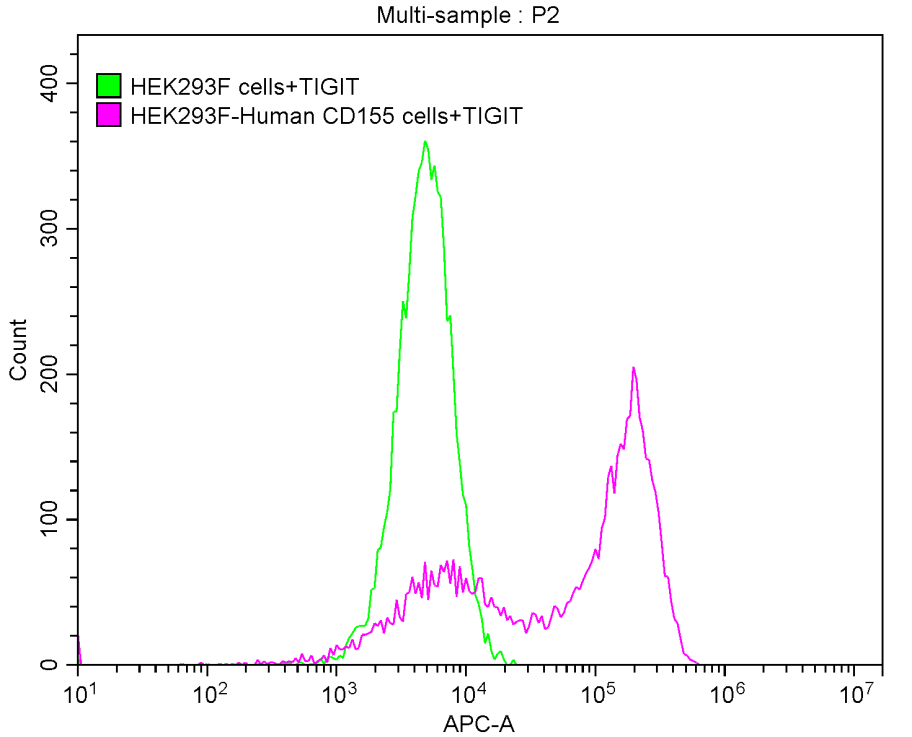
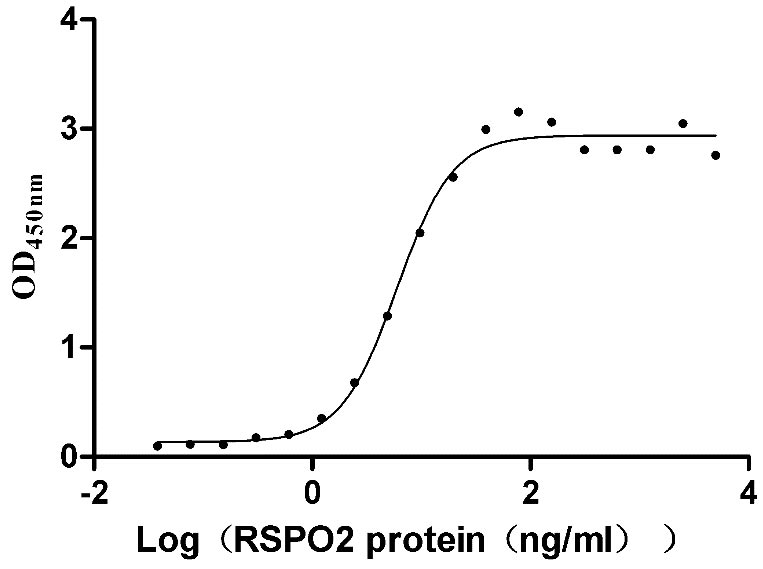
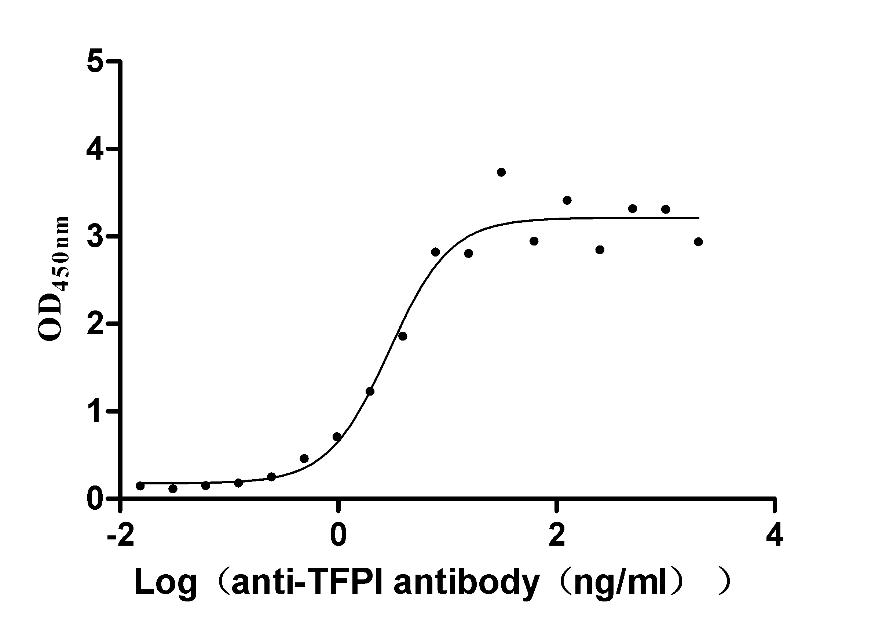
-AC1.jpg)
